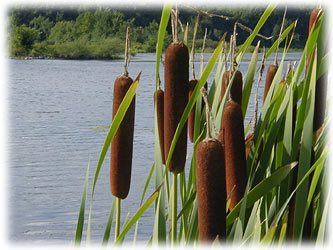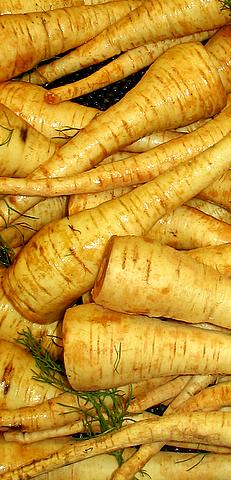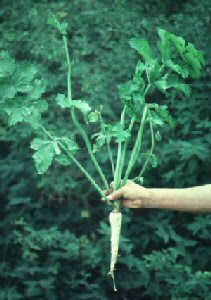Re: Wild Edible Plants
Have friend with computer next to me now.
I have ipad3 he has computer.
He says: iPad not intuitive to him(me neither).
He is playing hell right now attempting to transfer image to hye-c ?
Artashes
Have friend with computer next to me now.
I have ipad3 he has computer.
He says: iPad not intuitive to him(me neither).
He is playing hell right now attempting to transfer image to hye-c ?
Artashes














Comment